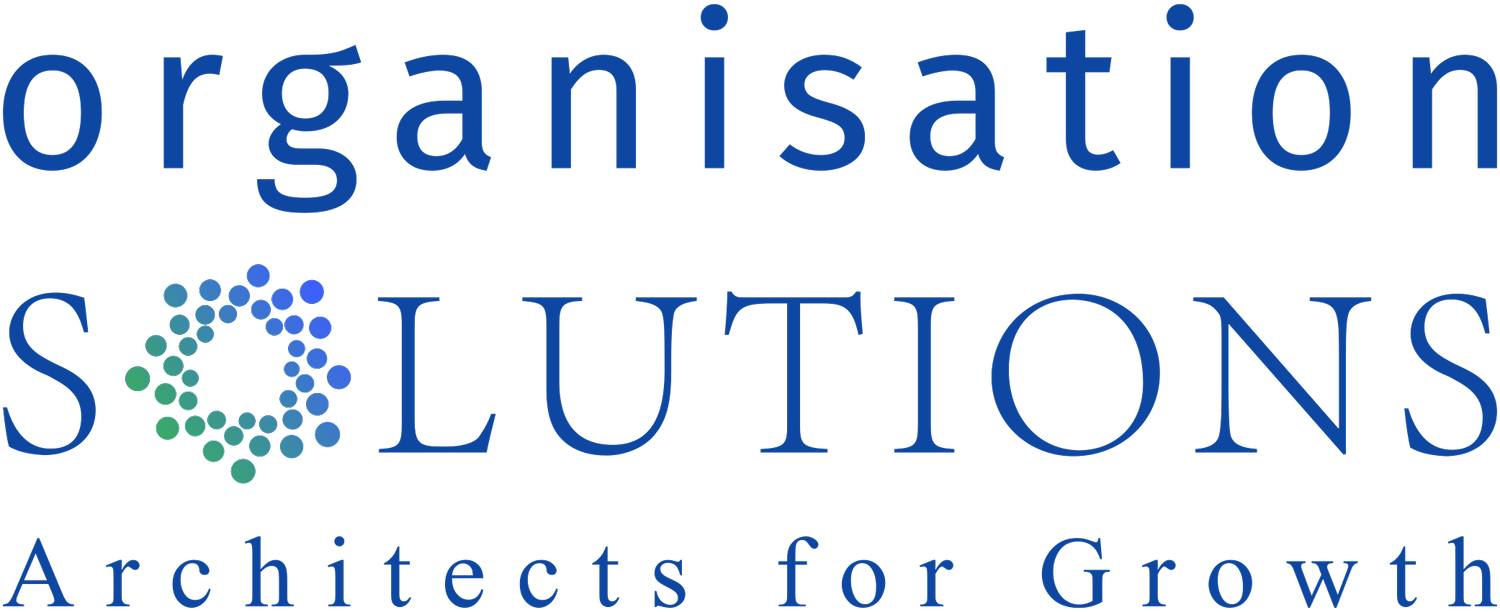How to Take High-Potential Identification Out of the Dark Ages
Despite spending over $60 billion(Yemiscigil, et. al., 2023) in leadership development, only 11% of companies(Segal, E, 2021) report having a strong or very strong leadership bench. For many companies, this problem starts with using antiquated practices to identify high-potential talent. By making bad decisions, they develop the wrong people, fail to drive the business forward, and miss opportunities to invest in talent that is ready for larger challenges.
And companies can make very bad decisions. Up to 70% of high-potential decisions can be incorrect when companies rely on manager nominations, 9-box grids, and calibration meetings to select talent. This error is driven by poor judgments (e.g., over relying on recent performance, manager bias), poorly defined views of potential, and a lack of objective external benchmarks.
These problems can be minimised by introducing objective, valid assessments to identify whether employees have the future skills they need to succeed and to identify if they are ready to be stretched into larger roles.
Future Proof Leaders
Organisations and leaders often need new skills to succeed in the future. For example, one of our clients was operating in a traditional industry that was undergoing rapid transformation. They asked their senior leaders to nominate high-potential talent that could drive a much-needed transformation and manage through future ambiguity.
After assessing their nominees, we found that fewer than 30% were high in Driven to Lead (e.g., ambitious, influential) or Ambiguity Tolerance compared to their peers in other companies. Fewer still had both skills.
Because their senior leaders came from a very stable environment, they did not have the perspective needed to identify transformational talent. Assessments gave them the external benchmarks they needed to better identify the future skills their leaders needed.
Validate Before you Nominate
Organisations often stretch high-potential talent by accelerating job movement or enrolling them in high-potential programmes. One of our clients nominated talent for a high-potential experience to stretch them with new assignments and a development programme. After a year of significant investment, they found that over 30% of their nominees were not ready for this stretch and had to be removed them from the programme.
In year two, we assessed their candidates before the programme and recommended those who had the capabilities (e.g., Tenacity, Resilience, Innovation) needed for stretch challenges. A year later, all these nominees had successfully managed through the stretch assignments and were still in the programme.
Assessment also can help organisations find and take risks with talent. For example, one client uses assessments to identify talent, but still takes selected risks with individuals who might not be fully ready for new challenges. Another client is using assessments across the organisation to find hidden talent that may not be surfaced through a manager nomination process.
Valid, job relevant assessments are not perfect. However, they can help organisations make better decisions by providing robust insight into an individual’s skills and potential. This can be used to help identify skills needed in future and can ensure individuals are ready for new stretch challenges. Ultimately, this helps organisations invest in the right individuals to drive future business results.
References:
Yemiscigil, A., Born, D. & Ling, H. (2023). Harvard Business Review.
Segal, E. (2021). Forbes.
Follow Us
Latest Insights





